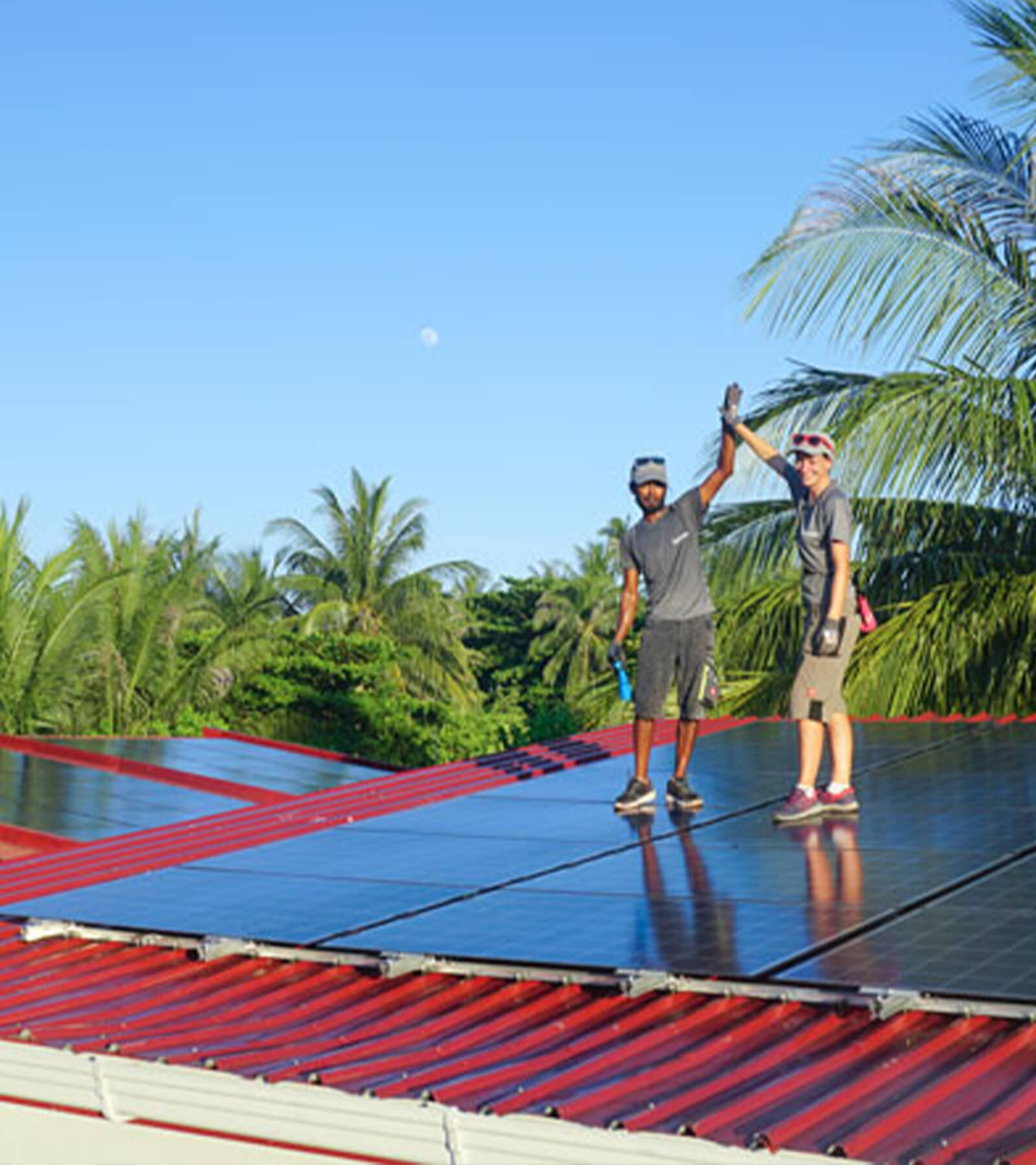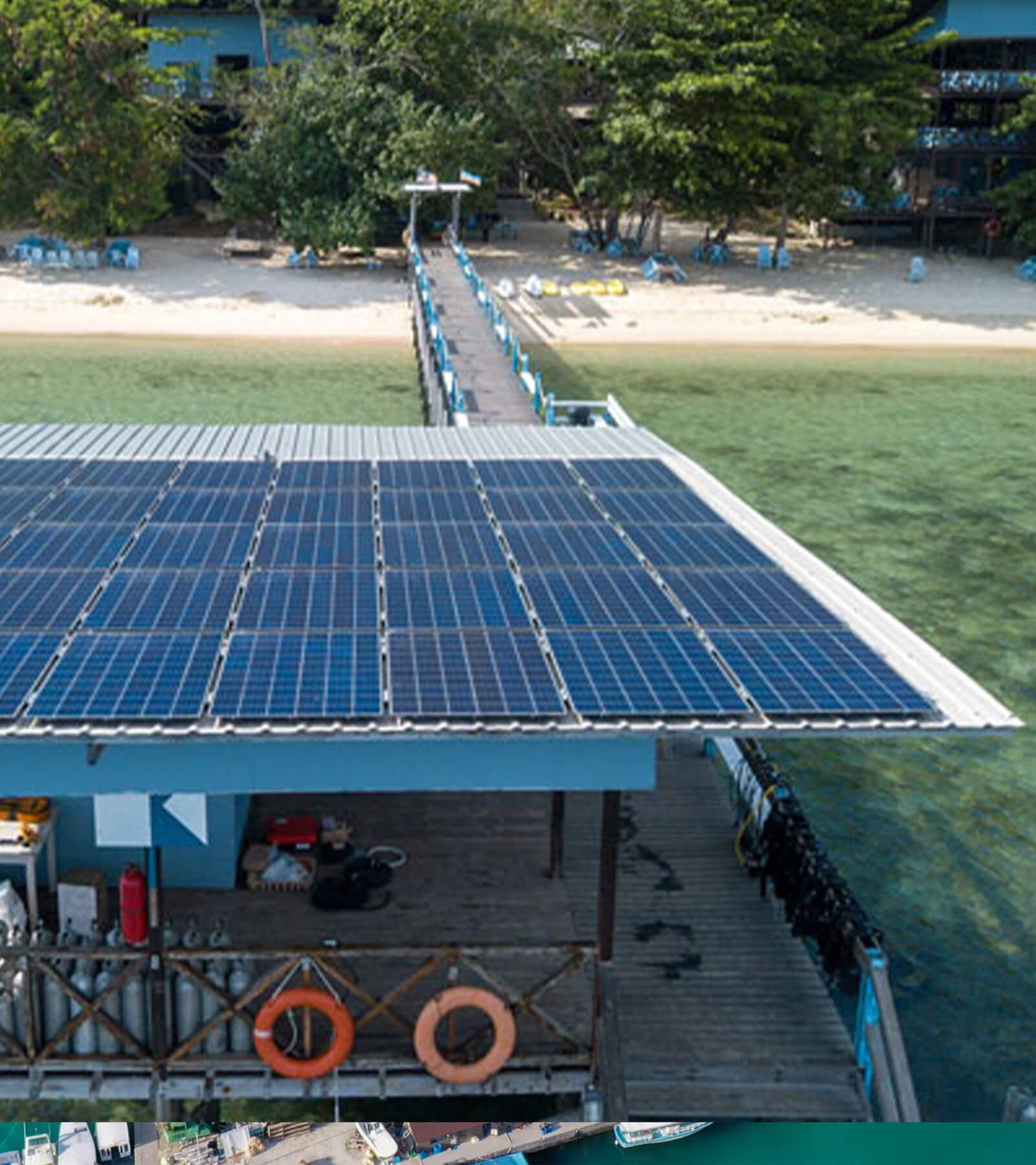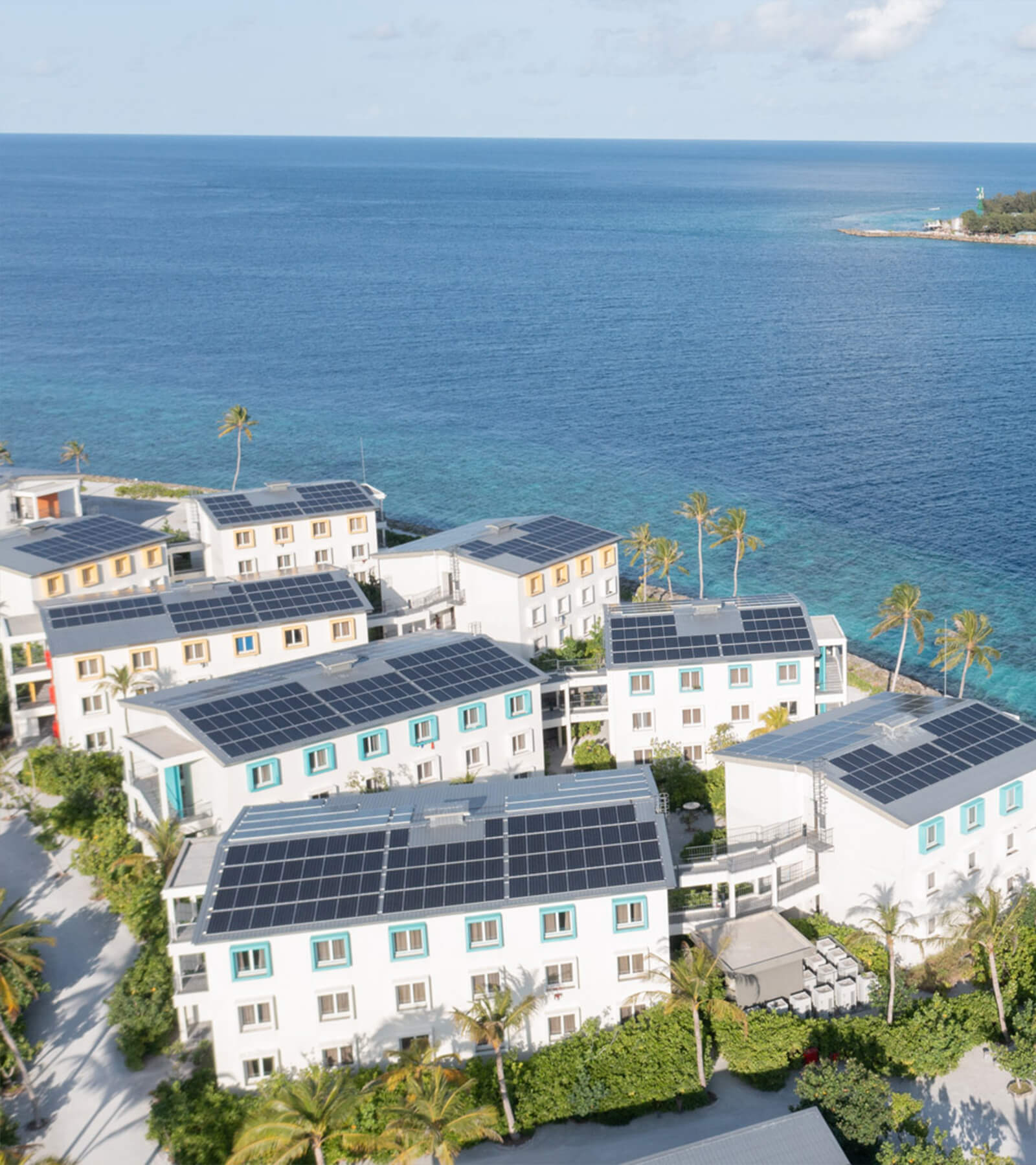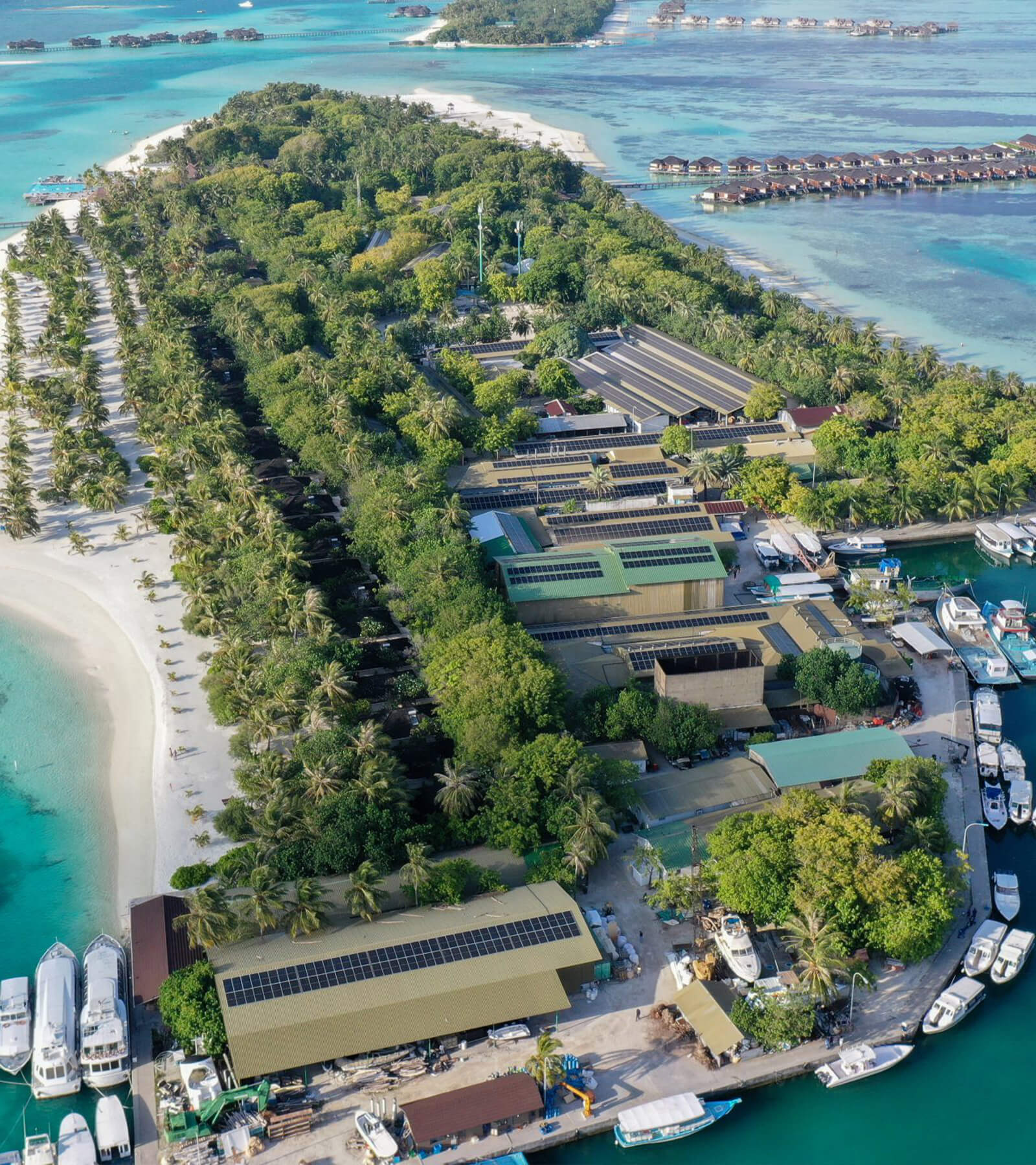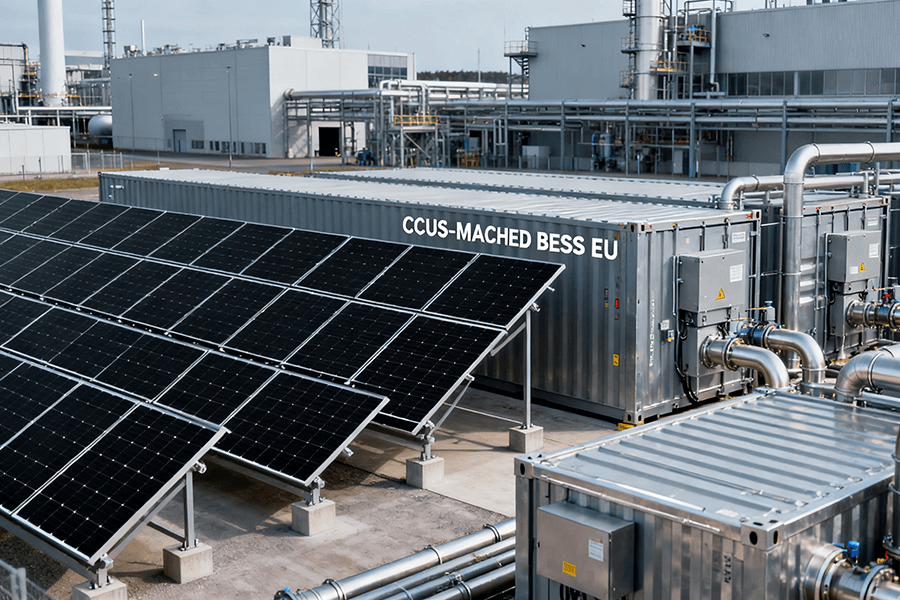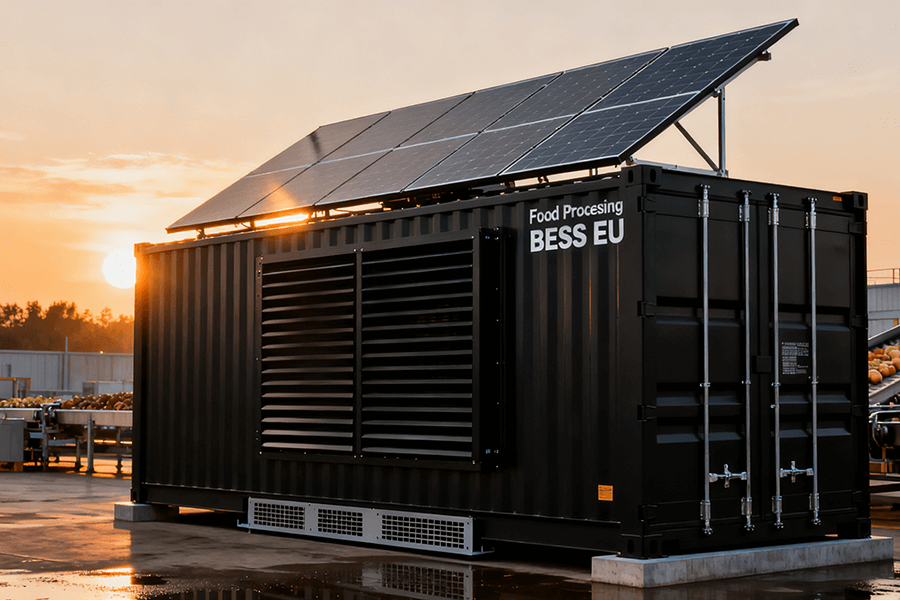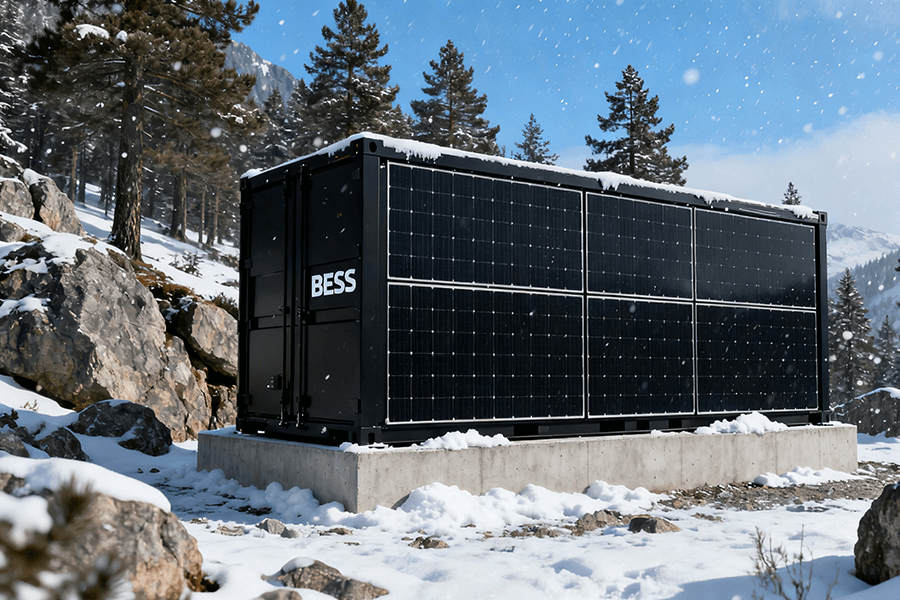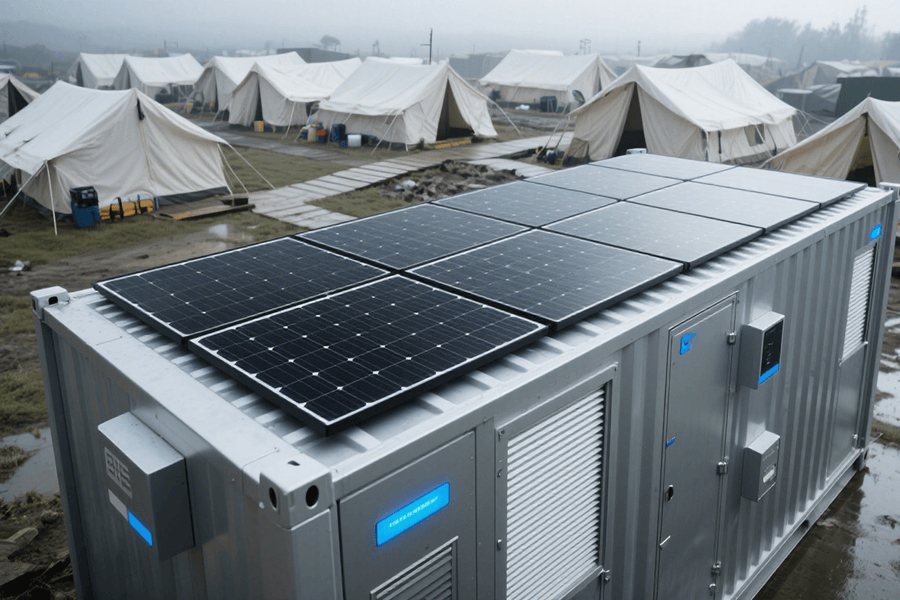
The EU’s 2026 Game – Changer for Disaster Relief
By 2026, the EU’s Civil Protection Mechanism (CPM) will implement a groundbreaking update: ensuring 100% renewable power for all disaster recovery camps. This transformation isn’t merely an environmentally conscious adjustment; it’s an essential strategic response to the escalating frequency of climate – induced disasters.
Recent calamities have starkly exposed the limitations of traditional diesel – powered relief operations:
- In 2023, record – breaking wildfires ravaged Greece
- In 2024, devastating floods inundated Italy
These events overwhelmed emergency response systems, highlighting the urgent need for more sustainable and efficient power solutions.
Drawbacks of Diesel Generators in Disaster Relief
Diesel generators, once the cornerstone of disaster recovery camps, have become obsolete in the face of modern challenges:
- Deployment inefficiency: Their setup process is time – consuming, taking an average of 4–6 hours
- Environmental impact:
-
- Each liter of diesel fuel burned releases 2.6 kg of CO₂ into the atmosphere
-
- This exacerbates the very climate issues contributing to these disasters
- Noise pollution:
-
- Noise levels range from 90–100 dB(A)
-
- Disrupts survivors’ sleep patterns
-
- Increases stress levels
-
- Can trigger or exacerbate post – traumatic stress
The Solution: BESS Containers
In contrast, BESS Containers (Battery Energy Storage Systems in modular containers) offer a revolutionary alternative that aligns perfectly with the new CPM regulations:
- Rapid deployment: Compact, self – contained units can be quickly dispatched to disaster zones
- Silent operation: Minimizes impact on survivors’ mental well – being
- Renewable energy storage: Stores energy from sources like solar and wind, eliminating carbon emissions
For a comprehensive understanding of the EU Civil Protection Mechanism’s scope, objectives, and operational details, interested parties are encouraged to visit the official EU page: EU Civil Protection Mechanism. This resource provides in – depth information on how the CPM coordinates international aid, deploys emergency response teams, and now, how it plans to revolutionize disaster recovery camps with renewable energy solutions.
Rapid – Deployment: Power When Every Minute Counts
Disaster relief lives by the mantra “time saves lives.” BESS Containers are engineered to deliver power in hours, not days—here’s how:
20ft Towable Units: Setup in 90 Minutes Flat
All BESS Containers designed for EU disaster recovery camps are constructed as towable 20ft ISO units. These standardized containers seamlessly integrate with standard trucks, ensuring effortless transportation to even the most remote and hard – to – reach areas. Whether it’s a mountainous region devastated by an avalanche or a coastal town submerged by a storm surge, the BESS Containers can be swiftly deployed to where they’re needed most.
One of the key differentiators from traditional diesel generators is the ease of installation. Diesel generators typically require complex fuel delivery logistics and intricate wiring setups, often necessitating trained technicians for proper operation. In stark contrast, BESS Containers feature a user – friendly plug – and – play system. This intuitive design empowers non – technical staff, such as volunteers or local aid workers, to have the units up and running in 90 minutes or less, significantly reducing the time between arrival and power availability during critical relief efforts.
Pairing with Portable Solar Arrays: 72+ Hours of Uninterrupted Power
To optimize renewable energy generation, BESS Containers are paired with 15–40 kW portable solar arrays. These solar arrays are meticulously engineered to be foldable, lightweight, and designed for rapid assembly, making them ideal for dynamic disaster response scenarios. Together, the BESS Containers and solar arrays form a self – sufficient, closed – loop power ecosystem:
- Daytime Energy Capture: The solar arrays are highly efficient, capable of harnessing energy even on overcast days. Modern solar panel technology ensures that, even when clouds obscure the sun, these panels retain 70% efficiency, consistently generating power throughout the day.
- Energy Storage: Any excess power generated by the solar arrays during peak sunlight hours is stored within the BESS (Battery Energy Storage System). This stored energy is then utilized during the night or periods of low sunlight, guaranteeing a continuous power supply.
The combined system provides enough electricity to support 50+ shelter units, each accommodating 4–6 individuals. This power is used to operate essential equipment, including:
- LED Lighting: Illuminates shelters, enhancing safety and comfort during nighttime.
- Water Purification Pumps: Crucial for treating water and preventing waterborne illnesses, a significant risk in the aftermath of a disaster.
- Device Charging Stations: Enables survivors to charge their mobile devices, facilitating communication with loved ones and access to emergency services.
Table 1: BESS Container vs. Diesel Generator—Deployment & Performance
| Metric | BESS Container + Solar Arrays | Diesel Generator |
|---|---|---|
| Deployment Time | 90 minutes—rapid, plug – and – play setup requires minimal technical expertise. | 4–6 hours (plus additional time for fuel delivery), often requires trained technicians for installation. |
| Power Autonomy | 72+ hours of continuous operation without refueling, relying on stored solar energy. | 8–12 hours of operation, dependent on a constant supply of diesel fuel. |
| Emissions | Zero direct emissions of CO₂ or NOₓ, contributing to a cleaner environment during relief operations. | 2.6 kg of CO₂ emitted per liter of diesel burned, exacerbating air pollution in disaster – stricken areas. |
| Noise Level | <50 dB(A), equivalent to the ambient noise of a quiet office, ensuring minimal disruption to survivors. | 90–100 dB(A), as loud as a chainsaw, causing noise pollution and potential distress to those in the vicinity. |
Compliance: Meeting EU Humanitarian & Weather Standards
The EU’s humanitarian guidelines, as meticulously outlined in the EU Humanitarian Aid Standards, emphasize two pivotal aspects: safeguarding survivors and ensuring that equipment functions optimally in Europe’s diverse and often extreme climates. BESS Containers are engineered to excel in both these critical areas, offering a comprehensive solution for post – crisis shelters.
Low Noise & Easy Maintenance: Survivor – Centric Design
A survivor – centric approach is at the core of BESS Container’s design philosophy, focusing on minimizing disruption and simplifying operations to support the well – being and recovery of those affected by disasters.
- Low Noise: Operating at an impressively low <50 dB(A), BESS Containers create a peaceful environment that is conducive to rest and recuperation. This is of utmost importance for survivors who have experienced trauma, as sleep is crucial for their physical and mental recovery. According to the World Health Organization (WHO), chronic noise exposure in camps can lead to a 30% increase in anxiety and sleep disorders. By keeping noise levels to a minimum, BESS Containers ensure that survivors can find the peace and quiet they need to heal, making low – noise operation a non – negotiable feature in humanitarian settings.
- No – Tech Maintenance: Recognizing the challenges of accessing specialized technical support in disaster – affected regions, BESS Containers are designed with user – friendliness in mind. All controls are intuitive, featuring touchscreens with clear, step – by – step guides that make operation accessible to individuals with varying levels of technical expertise. Routine checks, such as monitoring battery health and ensuring a stable solar connection, can be completed in just 15 minutes per week. This simplicity eliminates the need for specialized technicians, reducing operational complexity and costs, and ensuring that the power systems can be maintained effectively even in areas where skilled staff are scarce.
Extreme Weather Resilience: – 30°C to 50°C Operation
Europe’s climate is characterized by its diversity and unpredictability. From the frigid winters of Finland, where temperatures can plummet to – 25°C, to the scorching summers of Spain, reaching up to 45°C, disaster recovery camps must be equipped to function in a wide range of environmental conditions. BESS Containers are built to withstand these extremes, incorporating advanced engineering features that ensure reliable performance regardless of the weather.
- Insulated battery compartments: To protect the batteries from the damaging effects of extreme cold and heat, BESS Containers are equipped with insulated battery compartments. This insulation helps to regulate the internal temperature, preventing the batteries from freezing in sub – zero conditions or overheating in high – temperature environments. By maintaining optimal battery temperatures, the containers ensure the longevity and reliability of the power storage system, even in the most challenging climates.
- Waterproof exteriors: With an IP67 rating, BESS Containers are highly resistant to water ingress, making them capable of withstanding floods of up to 1m deep. This waterproof design not only protects the internal components of the container from water damage but also ensures that the power system remains operational during and after flooding events. In regions prone to heavy rainfall and flooding, this feature is essential for providing continuous power to disaster recovery camps, supporting the needs of survivors and aid workers alike.
- Wind – resistant solar arrays: The solar arrays integrated into BESS Containers are engineered to withstand strong winds, having been rigorously tested to endure speeds of up to 120 km/h. This wind resistance ensures that the solar panels remain securely in place and continue to generate electricity even during severe storms and high – wind events. By combining wind – resistant solar arrays with reliable battery storage, BESS Containers provide a resilient and sustainable power solution for disaster recovery camps, ensuring a consistent supply of electricity regardless of the weather conditions.
Real – World Success: Poland’s 2024 Winter Floods
The effectiveness of BESS Containers in extreme weather conditions was demonstrated during the 2024 winter floods in Poland. As temperatures dropped to – 18°C, these containers provided uninterrupted power and warmth to over 300 survivors for five consecutive days. Despite the harsh conditions, the insulated battery compartments maintained optimal battery performance, the waterproof exteriors protected the internal systems from floodwaters, and the wind – resistant solar arrays continued to generate electricity, ensuring that the camp’s essential services, including heating, lighting, and communication, remained operational. This real – world example highlights the reliability and resilience of BESS Containers in meeting the power needs of disaster recovery camps in Europe’s diverse and challenging climates.
Procurement Checklist for EU Aid Agencies
To effectively utilize the European Union’s Civil Protection Mechanism (CPM) €1.5 billion disaster recovery fund, earmarked for the period from 2025 to 2027, agencies are required to meticulously select Battery Energy Storage System (BESS) Containers that comply with stringent criteria. This fund is a crucial resource aimed at fortifying post – crisis shelters with reliable and sustainable energy solutions. Below is a detailed breakdown of the essential requirements and how Maxbo Solar’s offerings stand out:
Selection Criteria for BESS Containers
| Checklist Item | Why It Matters | Maxbo Solar’s Offering |
|---|---|---|
| 5+ Year Warranty | In the context of disaster recovery, equipment may remain in storage for extended periods between deployments. A robust warranty ensures long – term reliability and minimizes the risk of unforeseen failures when the equipment is most needed. | Maxbo Solar goes above and beyond the industry standard by providing an impressive 10 – year warranty. This extended coverage not only reflects our confidence in the durability of our products but also offers our clients unparalleled peace of mind. |
| Comprehensive Spare Parts Kit | Minimizing downtime is critical during emergency situations. A well – stocked spare parts kit, containing essential components such as fuses, cables, and a backup battery module, enables quick repairs and ensures continuous operation of the BESS Container. | Our comprehensive spare parts kit includes over 20 components, carefully curated to address a wide range of potential maintenance needs. Additionally, we offer 24/7 delivery services to all EU countries, ensuring that help is always just a click away. |
| CPM Compliance Certificate | To access the CPM disaster recovery fund, it is imperative that the selected BESS Containers meet the strict EU standards. The CPM Compliance Certificate serves as proof of alignment with these requirements. | Maxbo Solar’s BESS Containers are pre – certified by the EU’s Emergency Response Coordination Centre (ERCC). This certification streamlines the funding application process, saving our clients valuable time and effort. |
| Carbon Footprint Report | As the EU is committed to achieving 100% renewable energy goals, demonstrating a low carbon footprint is essential. A detailed carbon footprint report showcases the environmental sustainability of the BESS Container. | We take pride in our zero – carbon manufacturing processes and the use of recyclable components. Our carbon footprint report provides a transparent account of our environmental impact, reinforcing our commitment to a greener future. |
Applying for CPM Funding
Agencies interested in applying for the CPM funding to acquire Maxbo Solar’s BESS Containers can visit the CPM Funding Opportunities portal. Here, you will find detailed information on the application process, eligibility criteria, and the necessary documentation required to secure funding. Don’t miss out on this opportunity to enhance your disaster recovery capabilities with our state – of – the – art BESS Containers.
Maxbo Solar: Your Trusted Partner for EU Disaster Relief
Hi, I’m part of the Maxbo Solar team—and we’ve spent 8 years refining BESS Containers specifically for EU disaster recovery. We don’t just sell equipment; we deliver solutions that have already proven their worth:
- 2025 German Floods: We deployed 12 BESS Containers to Bavaria, powering 600+ survivors for 10 days—with zero downtime.
- 2024 Greek Wildfires: Our solar – BESS combos kept medical tents running when diesel supplies were cut off by road closures.
What makes our BESS Containers stand out?
- Efficiency: Solar panels with 22.8% efficiency (top 5% globally) mean more power, even on overcast days.
- Support: 24/7 EU – based technical support—we answer calls in 15 minutes or less.
- Sustainability: All containers are 80% recyclable, and we offset 100% of shipping emissions.
Ready to see how we can help? Visit [www.maxbo – solar.com](www.maxbo – solar.com) to browse our EU – certified BESS Containers, or contact our team directly for a custom quote. We’ll even help you navigate the CPM funding application process—no extra fees.
–
Conclusion
The EU’s 2026 CPM mandate isn’t just a rule—it’s an opportunity to make disaster relief cleaner, faster, and more survivor – focused. BESS Containers are the key to meeting this goal, offering rapid deployment, extreme weather resilience, and compliance with every EU standard.
For aid agencies, the path forward is clear: choose BESS Containers that check all procurement boxes, leverage the €1.5B CPM fund, and partner with a provider like Maxbo Solar that understands the unique needs of EU disaster recovery. Together, we can turn crisis into hope—one powered shelter at a time.

